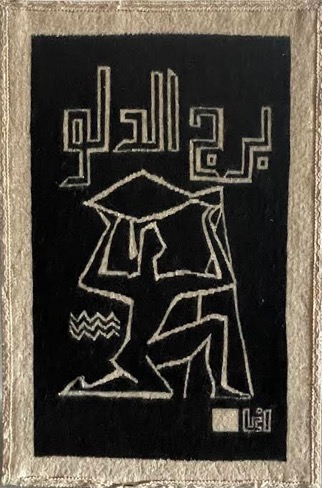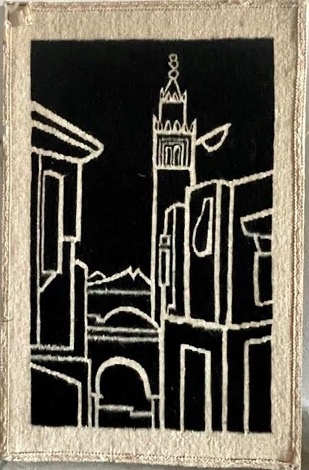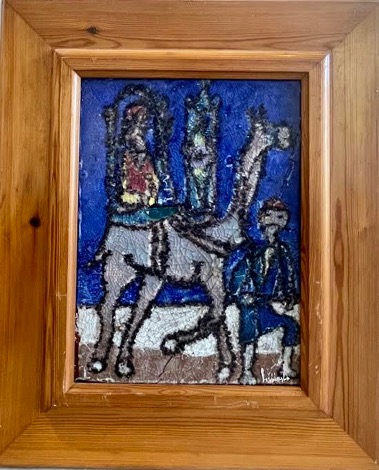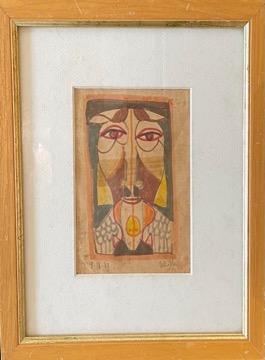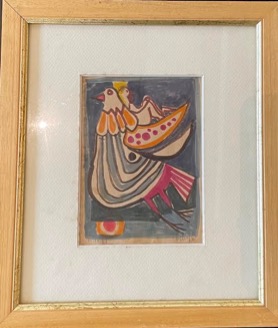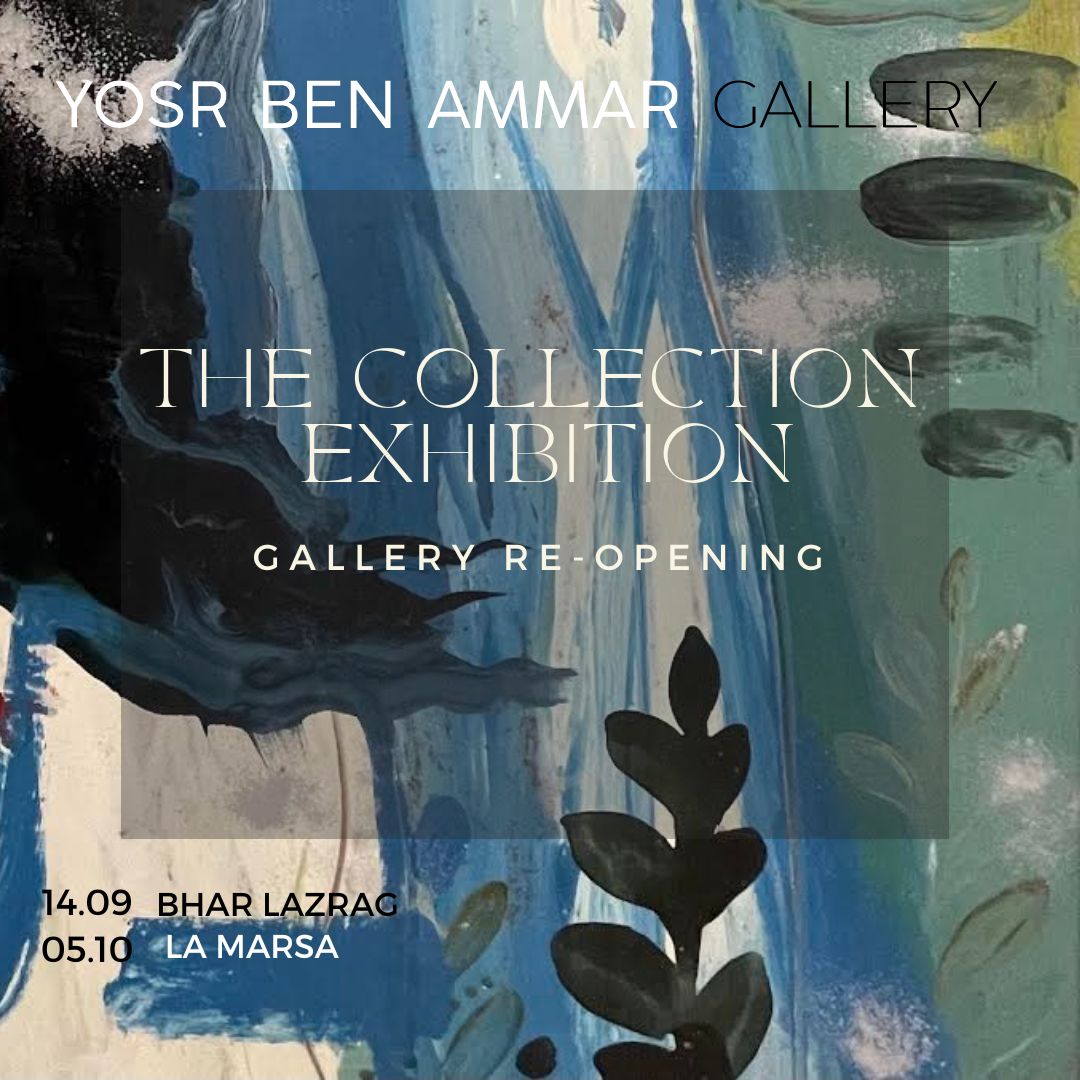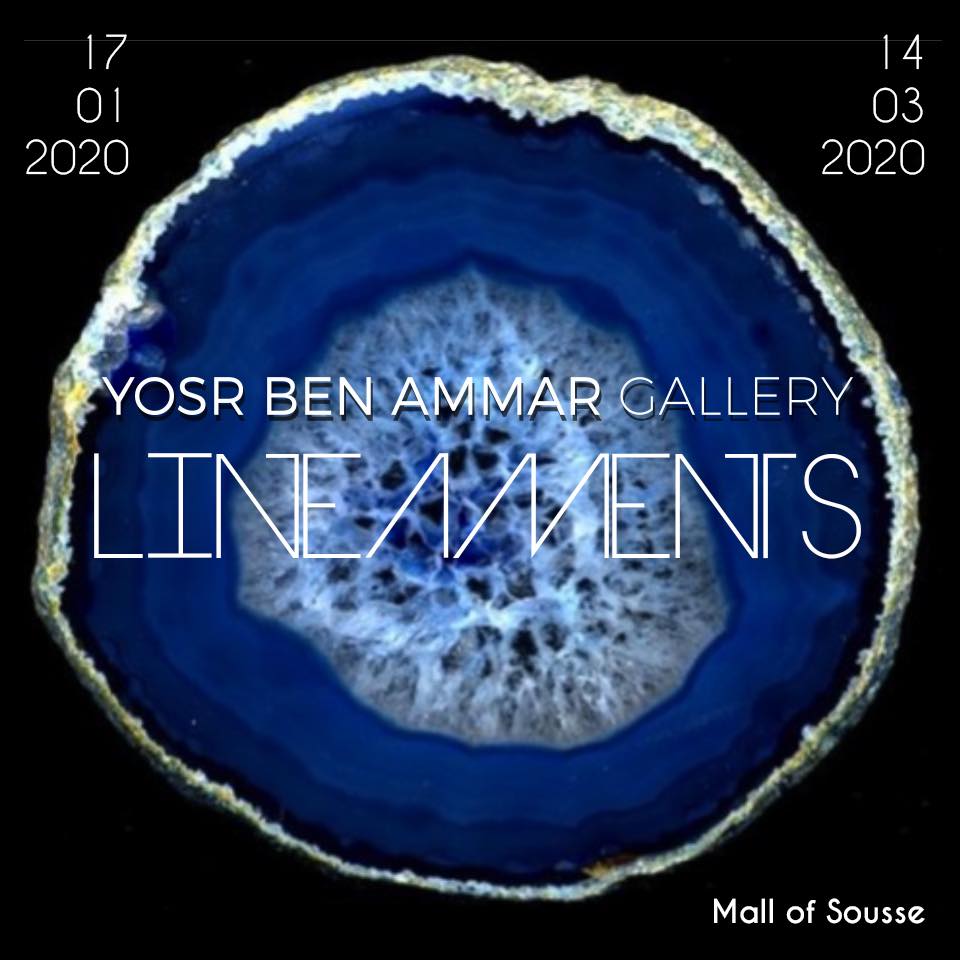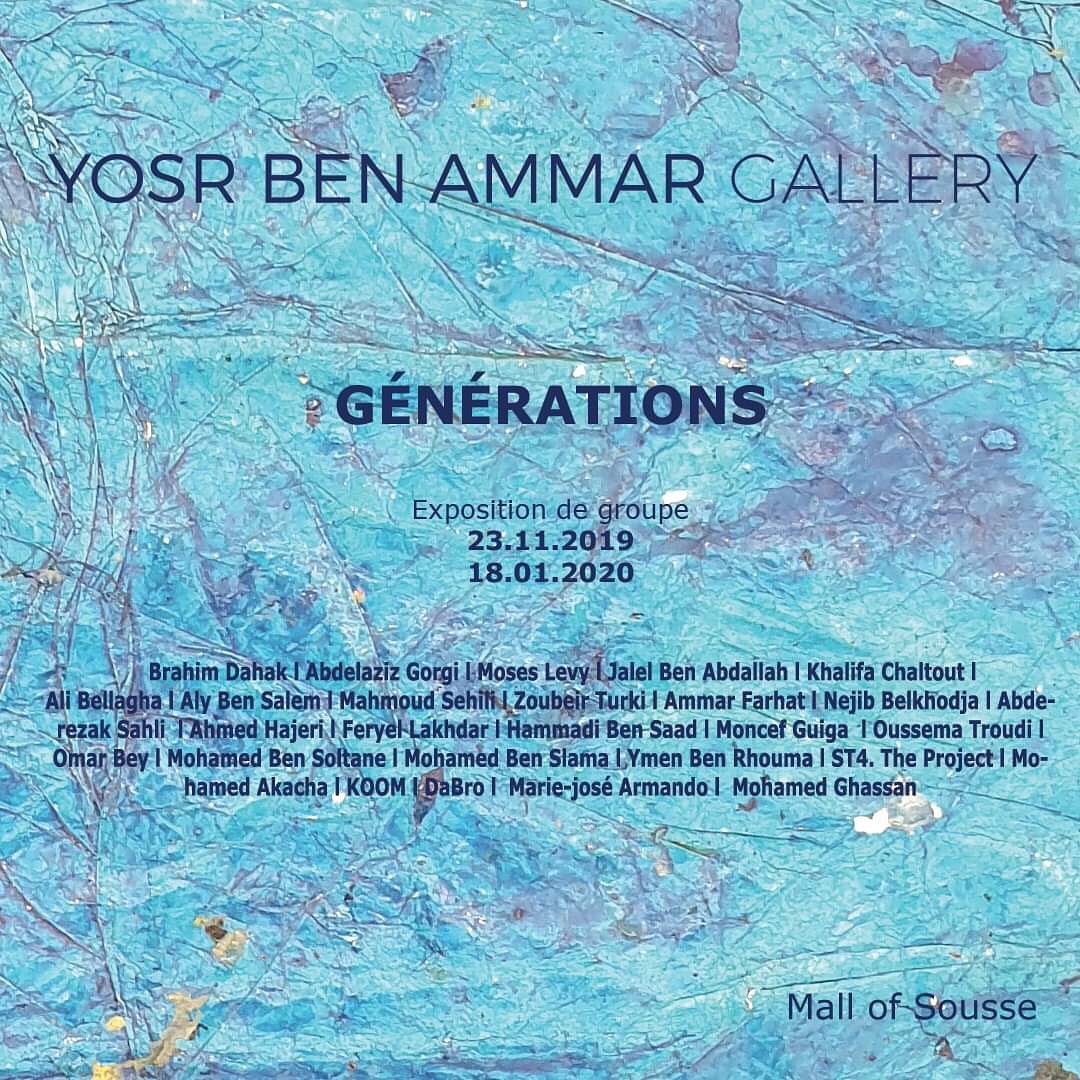ALI BELLAGHA (1924-2006)
Professor, draftsman, painter and engraver — a craftsman of heritage and modernity
A descendant of an old lineage of craftsmen from the medina of Tunis, Ali Bellagha grew up in the heart of a manual and aesthetic heritage that deeply marked his work. After a period at the Institut des Hautes Études of Tunis, he moved to Paris to pursue a complete artistic education: drawing, engraving and ceramics at the École des Beaux-Arts, regular attendance at the engraving workshops of Professor René Jaudon, and decoration courses at the Lycée Claude Bernard. He completed his training at the Institut Supérieur des Beaux-Arts of Tunis.
In 1953, he organized his first solo exhibition, beginning a career that would lead him to exhibit regularly in Tunisia and abroad. From 1956 to 1960, he taught drawing at Sadiki College, before opening in the 1960s, with his wife Jacqueline Guilbert, the gallery Les Métiers in Tunis — a space blending antiques, contemporary creations and artisanal know-how.
A pioneer of a modernist approach to applied arts, Ali Bellagha sought to revalorize the Arab-Muslim heritage by infusing it with contemporary accents. He restored prestige to Tunisian craftsmanship — wood, stone, copper, wool, leather, silver — while also exploring painting, ceramics, sculpture, restoration and decoration. His still lifes carved in wood and his vividly colored drawings reflect a refined sense of composition and an inexhaustible artistic curiosity.
Recognized for his expertise in the fields of painting, glassware and furniture, he put his knowledge at the service of conservation and heritage transmission. In 2003, he received the National Prize for Visual Arts. In 2006, he was the guest of honor at the Tunis Handicrafts Fair, and contributed to the creation of the eco-museum Dar Gmach in the village of Takrouna.
A bridge between tradition and modernity, Ali Bellagha dedicated his life to proving that a living heritage is a heritage in motion.
